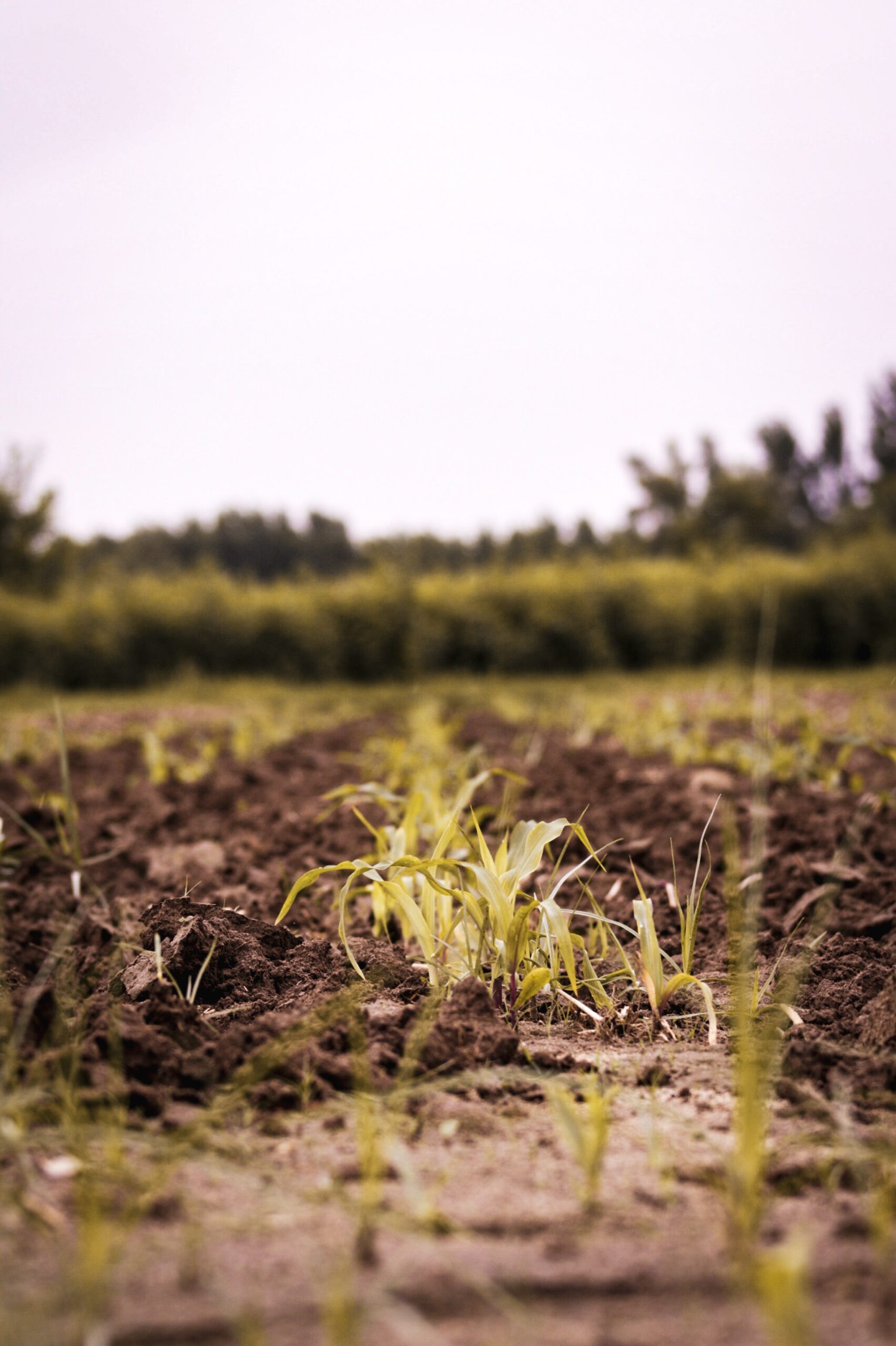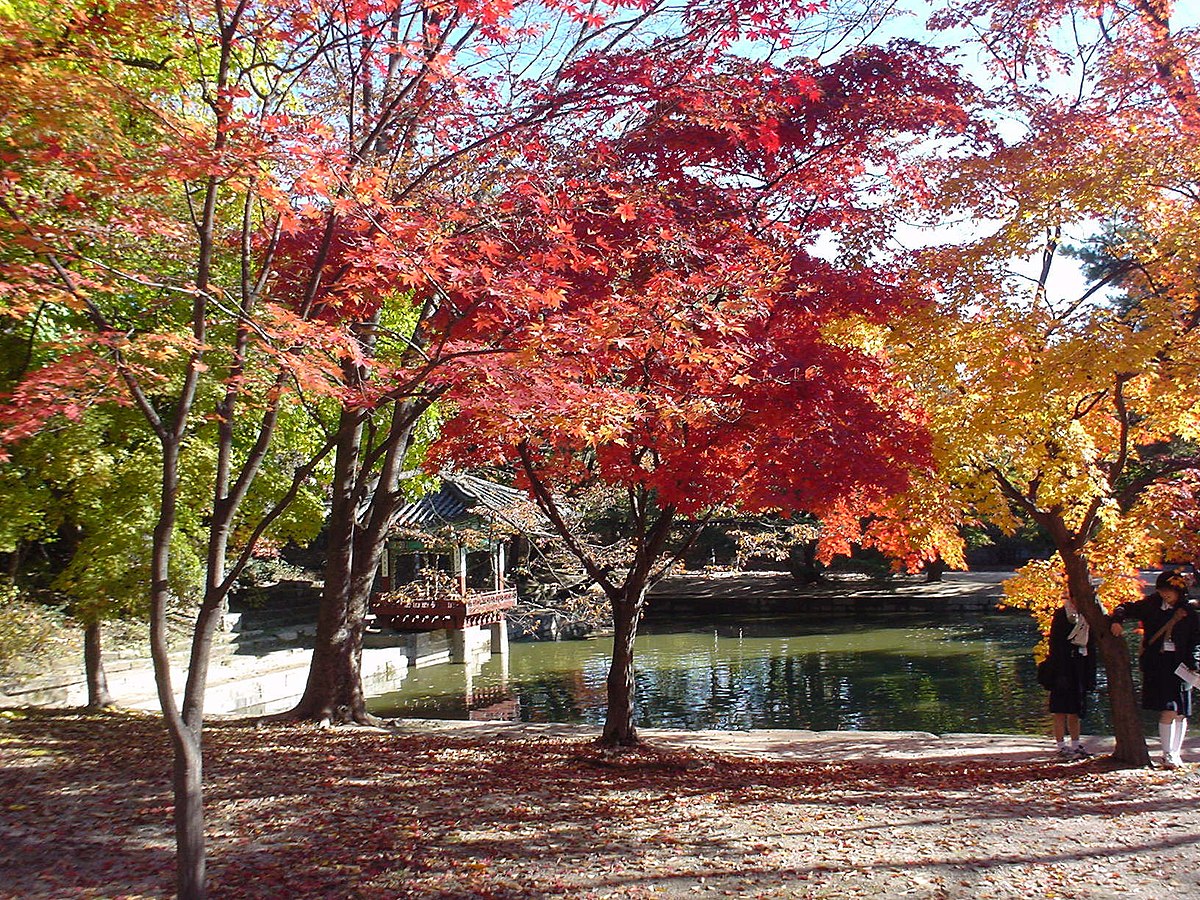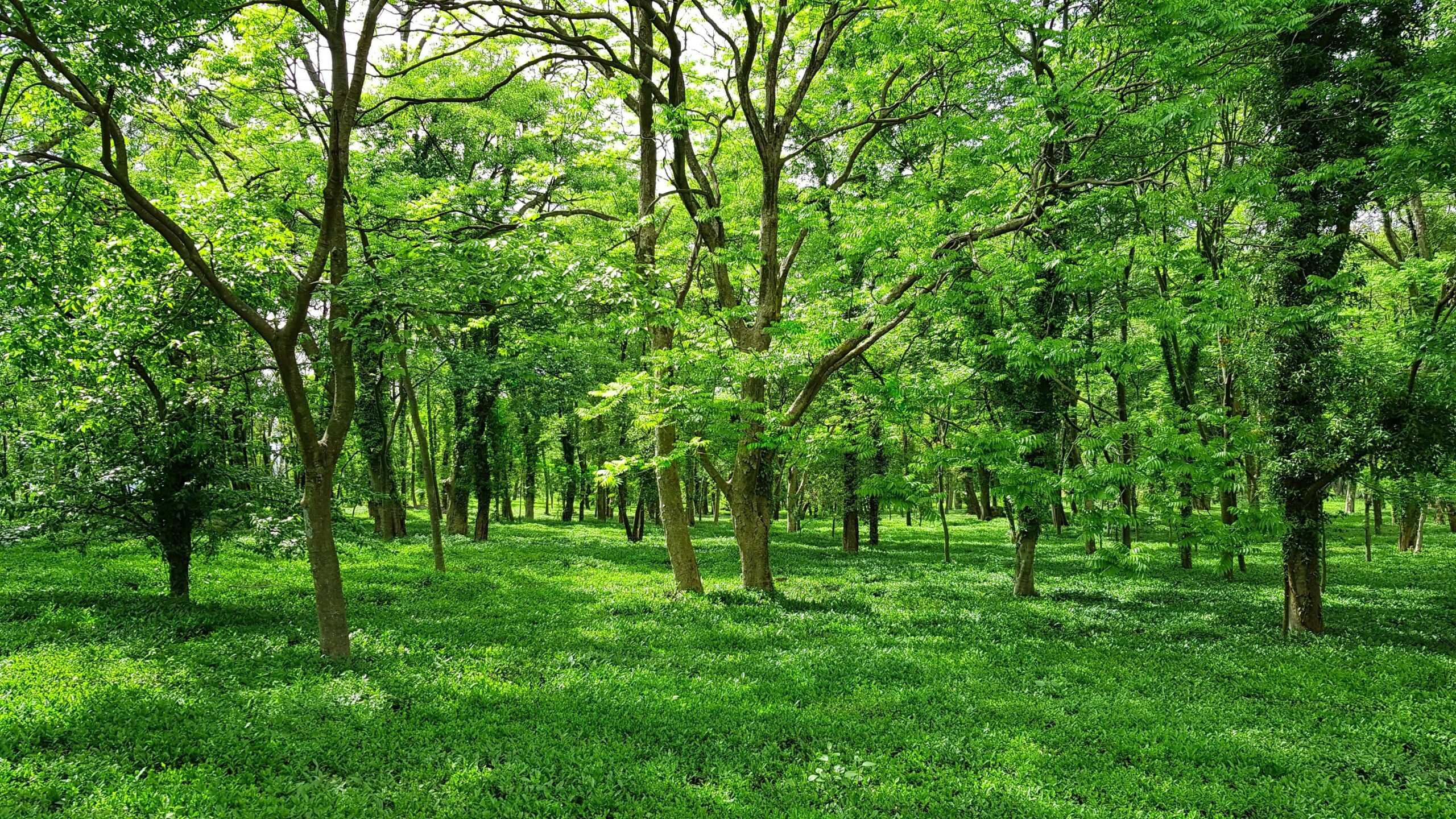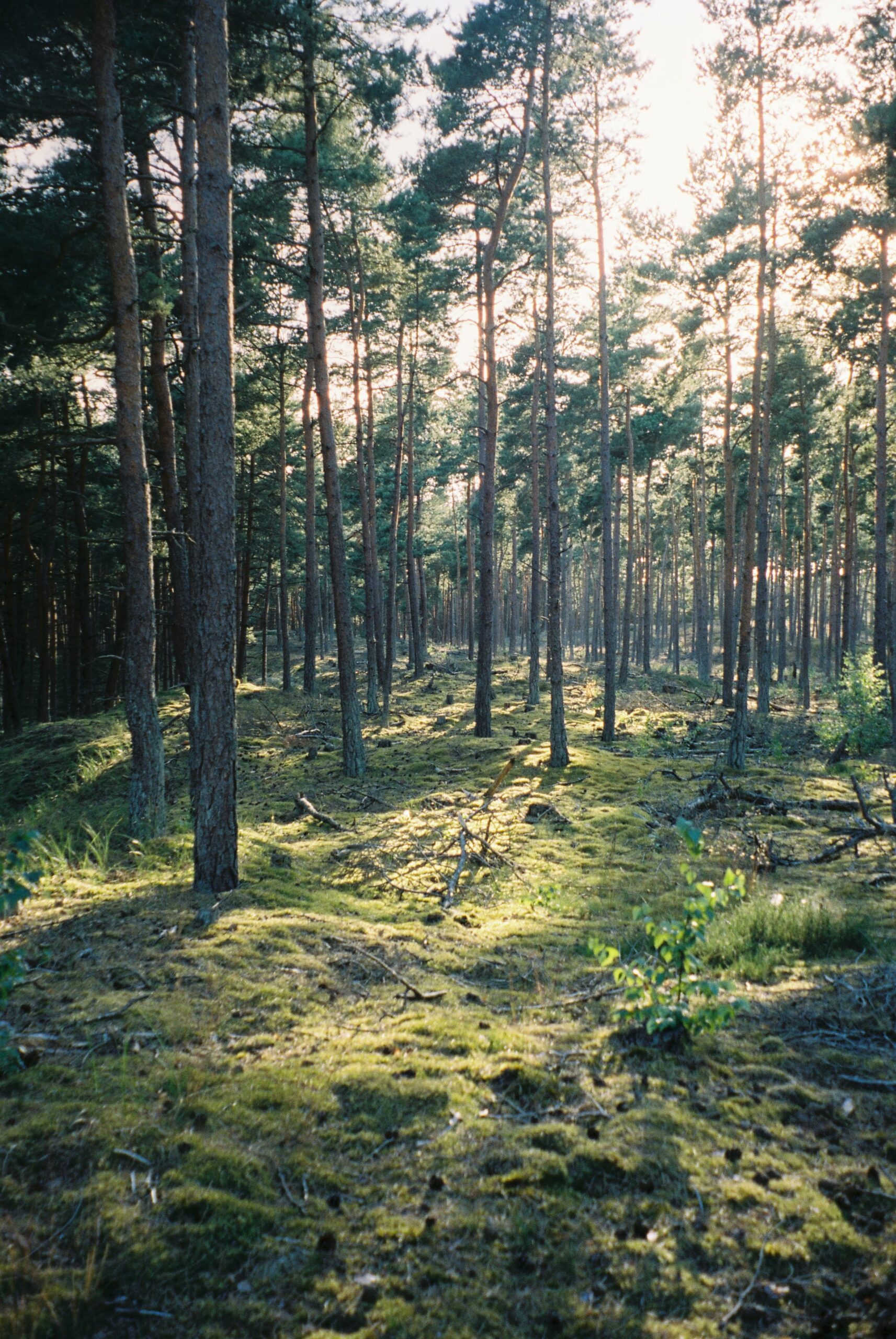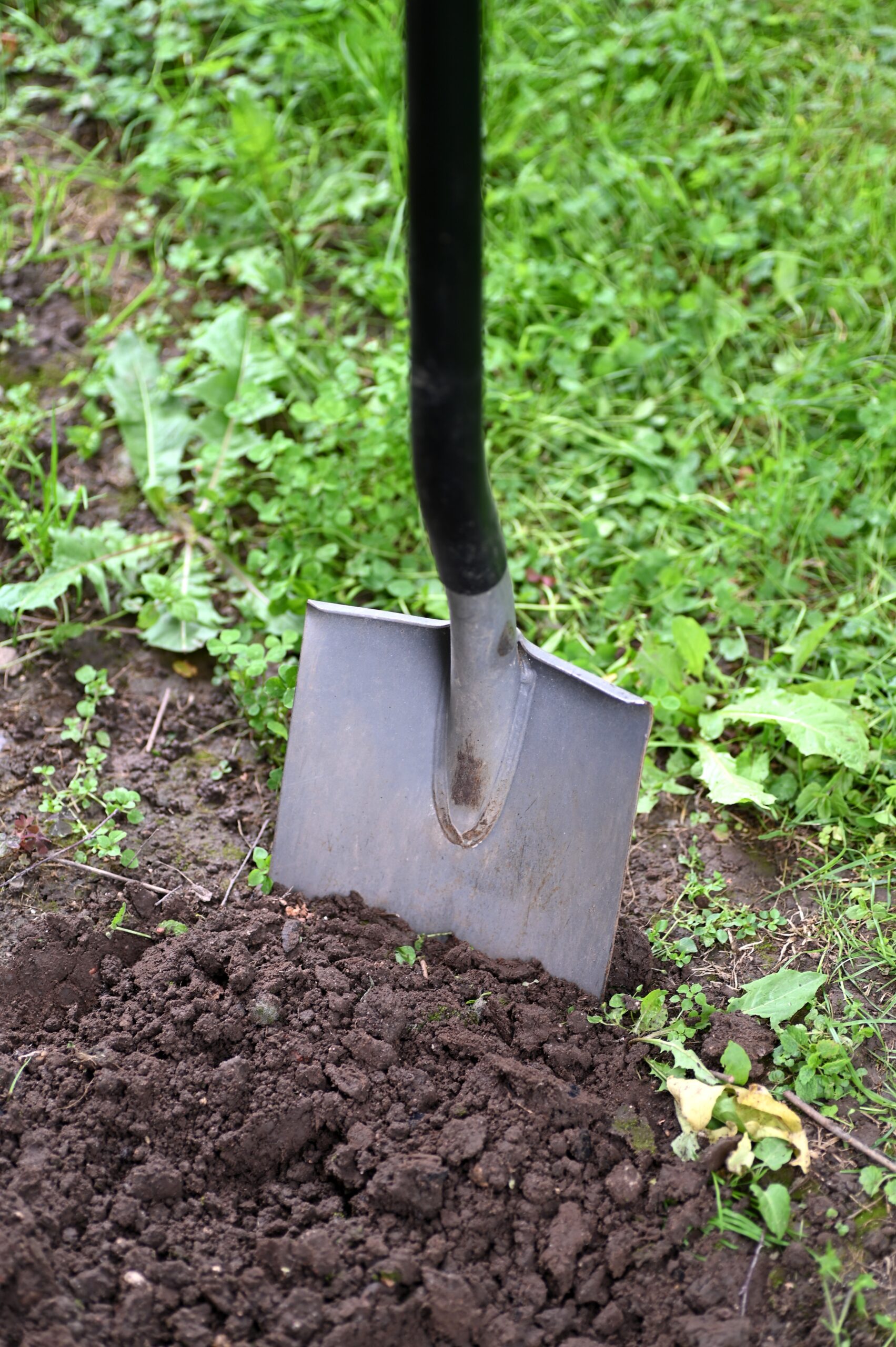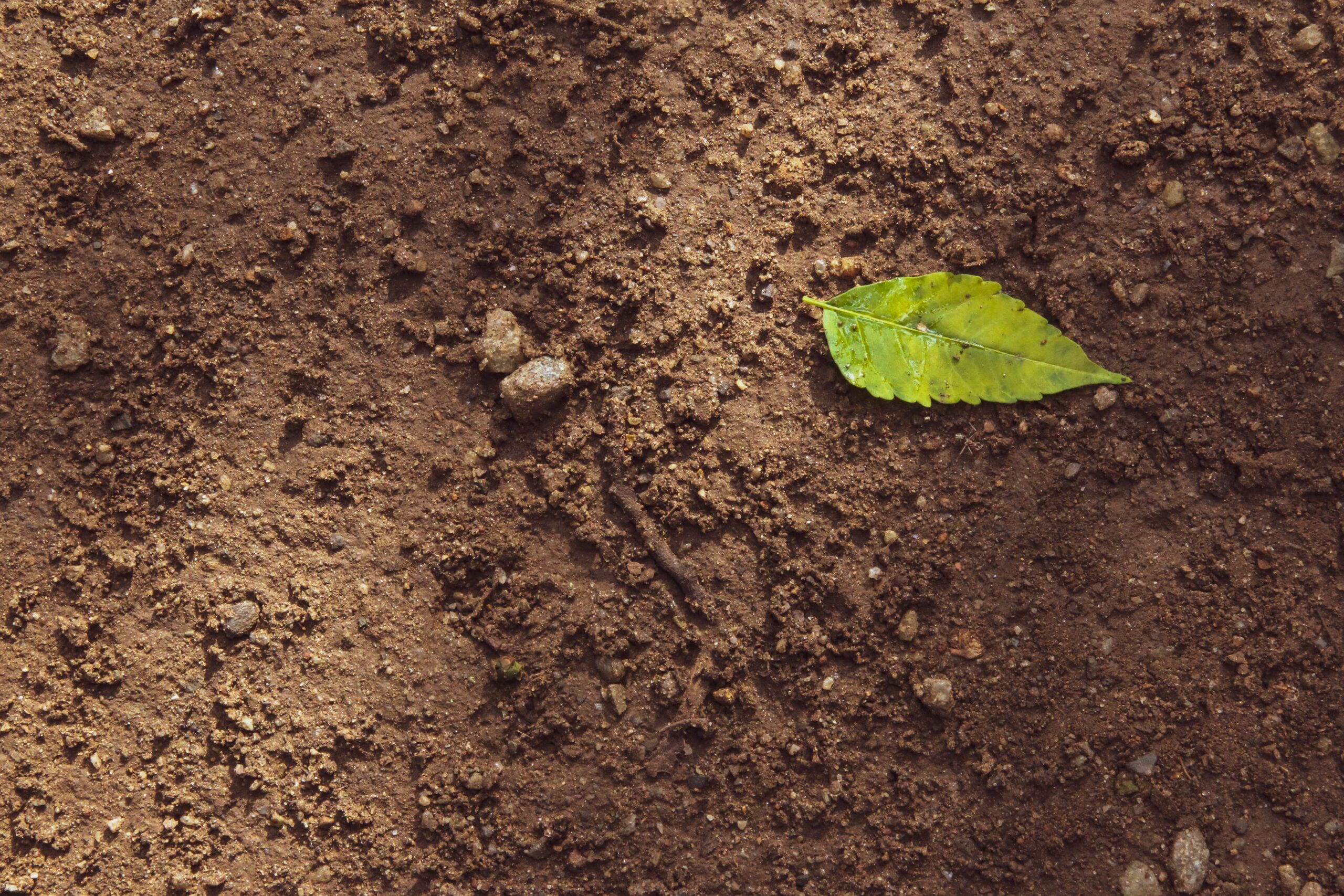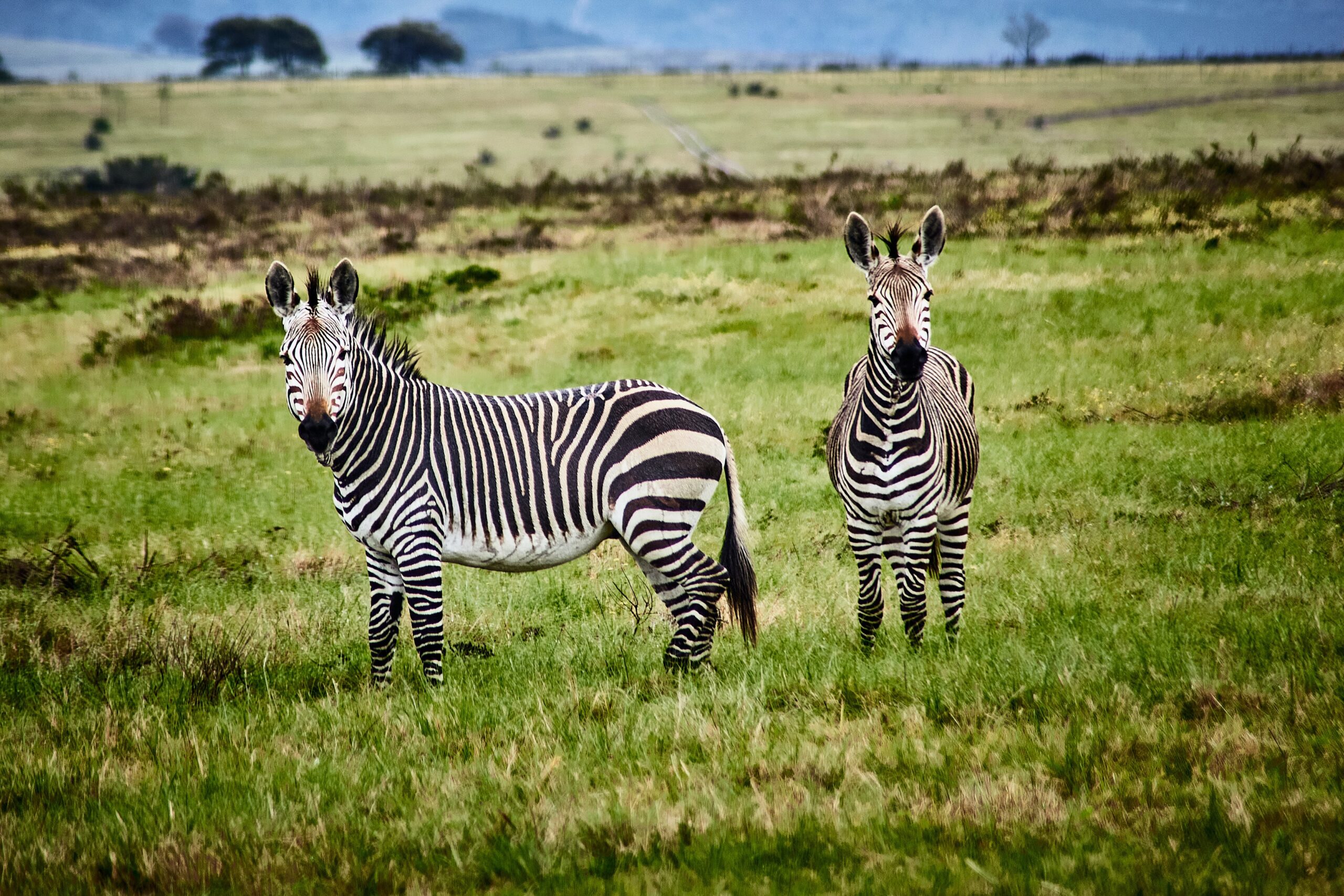* Rehabilitation of degraded and disturbed landscapes has become critical for counteracting habitat loss. The success of rehabilitation projects, to date, has focused on abiotic and flora-based criteria of success, leaving fauna unmonitored. This follows from the common paradigm that if flora recovers, fauna will recover too. However, we know very little about the extent to which this assumption is true. We addressed this issue by examining whether flora criteria used to assess mine rehabilitation reflected patterns in the recovery of an iconic species, the koala Phascolarctos cinereus, in eastern Australia. * We used rank tests to search for correlations between current mining flora criteria and fauna presence. We then developed a priori regression models to search for new abiotic and flora criteria that are biologically relevant to Phascolarctos cinereus. In a third step, we investigated correlations between rehabilitation success ranked on the best biologically relevant habitat variables and Phascolarctos cinereus recolonization. * We found that rehabilitation success based on current mining flora criteria (calculated at two different scales: rehabilitation blocks and monitoring plots) did not correlate with Phascolarctos cinereus presence. * In contrast to the current flora-based criteria, we found that variables that are biologically relevant to Phascolarctos cinereus had more influence on its presence. For instance, species richness in food trees favoured by Phascolarctos cinereus and tree canopy cover had a positive effect on its recolonization. However, correlations between biologically relevant habitat variables and fauna occurrence were still inconsistent. * Synthesis and applications. In our study, flora criteria for rehabilitation success did not correlate with fauna recolonization. We also found several additional difficulties in predicting fauna recolonization based on habitat variables, such as the choice of relevant scales and the geographic specificity of relevant variables. The choice between monitoring habitat proxies or fauna will ultimately be based on weighting costs and efficiency and will depend on the fauna species. However, we argue that in general, fauna species should be directly monitored to ensure the recolonization of i) species of interest (e.g. threatened and charismatic) and ii) fauna involved in long-term resilience of ecosystems.
Is restoring flora the same as restoring fauna? Lessons learned from koalas and mining rehabilitation
Year: 2013
























































































































































































































































































































































































































































































































































































































































































































































































































































































































































































































